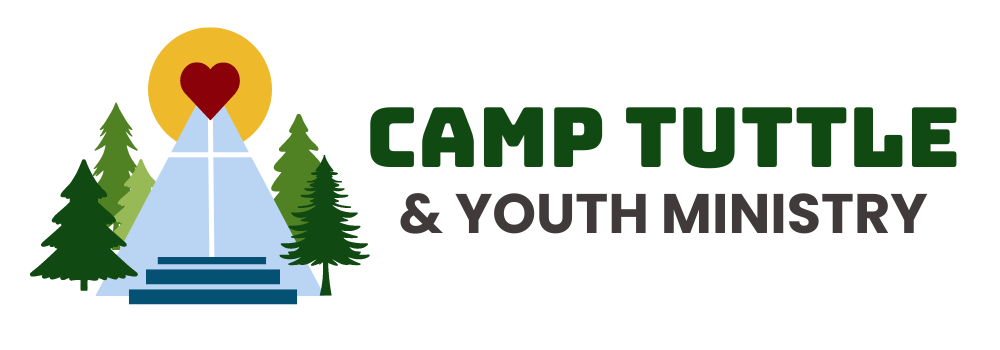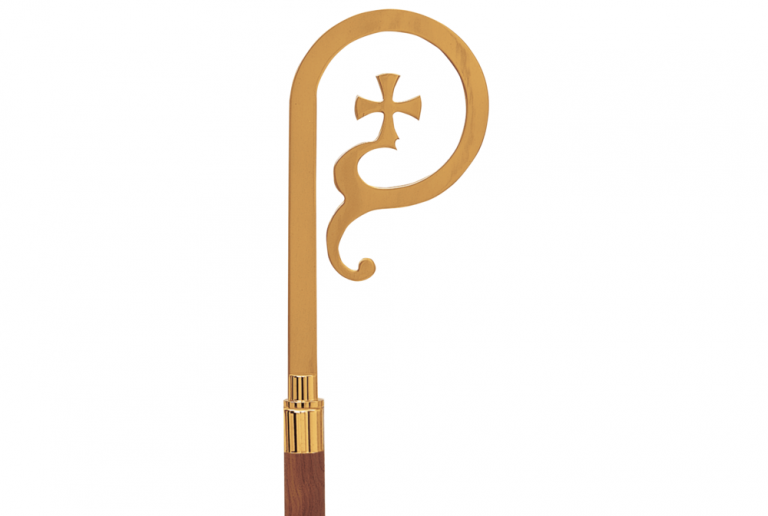As the Diocese of Utah undergoes the process of seeking and electing our 12th Bishop of Utah (election scheduled for the Diocesan Convention in the spring of 2021), some members of the diocese may wonder, “What is a Bishop?” The full service for The Ordination of a Bishop begins on page 512 of The Book of Common Prayer. However, the Nominating and Search Committee thought a summary might be helpful.
The Episcopal Church (TEC) consists of 111 dioceses worldwide (100 within the United States) and each of these dioceses is led by a bishop. (Some bishops are joined by a Bishop-Coadjuter who has the right of succession upon the bishop’s retirement, or a Suffragen Bishop who does not have this right and is more administrative in duties). Contrary to a secular corporation, however, a bishop is very different from a CEO. A bishop is one of the three orders of ordained ministers in the church (along with priests and deacons), and thus the sacred nature of this office is marked by the guidance of the Holy Spirit and the crucial role of prayer. The Catechism in the back of The Book of Common Prayer, on page 855, defines the ministry of a bishop as follows: “The ministry of a bishop is to represent Christ and his Church, particularly as apostle, chief priest, and pastor of a diocese; to guard the faith, unity, and discipline of the whole Church; to proclaim the Word of God; to act in Christ’s name for the reconciliation of the world and the building up of the Church; and to ordain others to continue Christ’s ministry.” In all of this, on page 517 the bishop-elect pledges at consecration that these duties are a “joy,” not a job, and that God is ultimately the One who calls him/her to this sacred office.
A very brief summary of these duties (provided by the consultant to this process)…. In their connection with Jesus Christ, bishops are “one with the apostles” (symbolic apostolic succession traced back to St. Peter), “in proclaiming Christ’s resurrection and interpreting the Gospel,” and proclaiming Christ as Ruler. In their connection with the Church, they are called to “guard the faith, unity, and discipline of the Church,” to celebrate and provide the sacraments, to ordain all three orders of ministers, and to serve as “a faithful pastor and wholesome example.” In all of this, two symbols are usually associated with a bishop: the mitre (pointed, shield-shaped hat with two lappets (or flaps) that hang down, said to symbolize the tongues of fire that landed on the apostles on the first Pentecost; and the crozier (shepherd’s crook) staff carried to represent his/her pastoral role as shepherd of the “flock.” (Sometimes overlooked by the laity is the bishop’s important role as pastor to the ordained ministers of the diocese.) Perhaps you will now have a little more understanding of the role of the bishop during the annual parish visitation! Thus, as we proceed with process, the Nominating and Search Committee, under the authority and guidance of the Standing Committee, has prayerfully pledged to present a slate of candidates, any one of whom we feel has been called by God to perform the ministry of a bishop for the Diocese of Utah: the final selection will be made by the people (represented by elected delegates) next spring.


